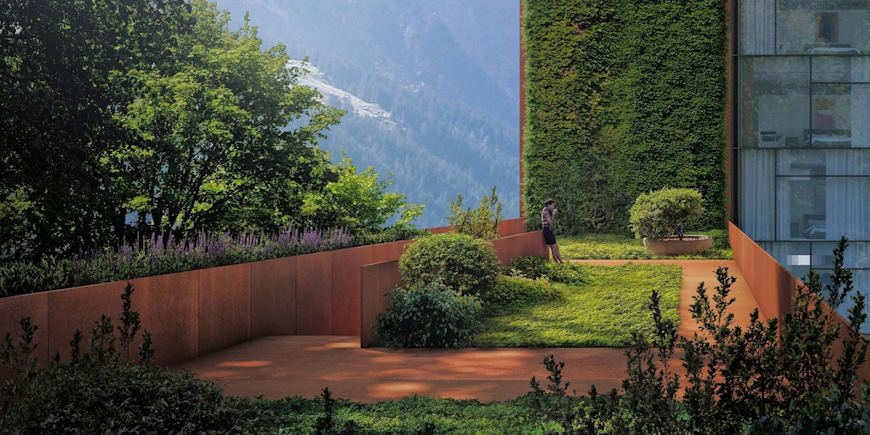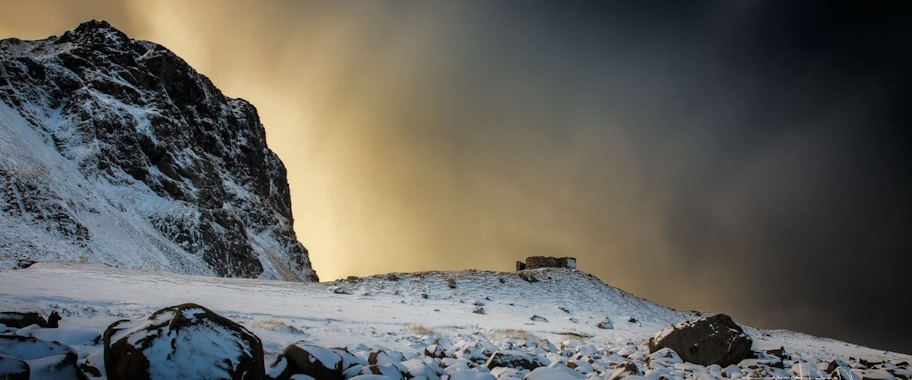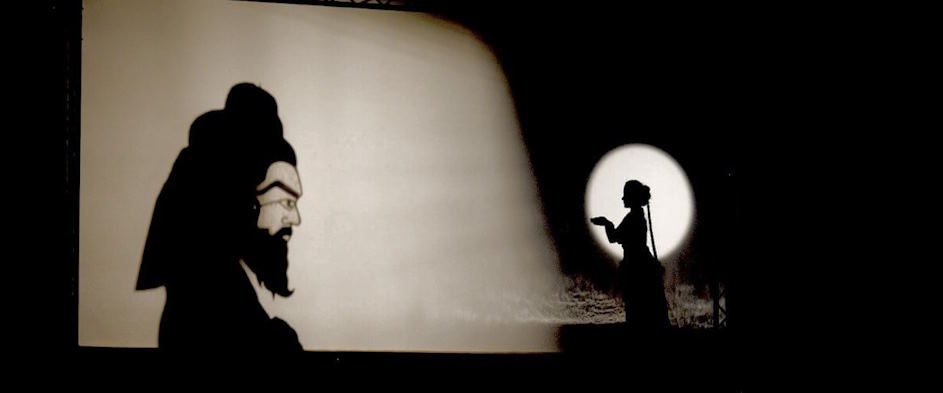Importance of Light and Shadow in Photography
Light and shadow are fundamental components of photography, influencing an image’s overall look, mood, and composition. Understanding and utilizing their significance can elevate photographs’ visual impact and storytelling potential. Here are some key reasons why light and shadow are important design elements in photography:
Visual Interest
Light and shadow add depth, texture, and dimension to a photograph, making it visually captivating and engaging. They create a sense of visual interest by emphasizing the contours, shapes, and details within a scene.
Composition
Light and shadow can guide the viewer’s eye and direct attention to specific elements within an image. They help create a well-balanced composition by providing visual cues, leading lines, or framing elements.
Emotional Impact
Light and shadow can evoke specific emotions or moods in a photograph. Different lighting conditions, such as soft and diffused or harsh and dramatic light, can convey a wide range of emotions, from tranquility to tension.
Storytelling
Light and shadow can be employed to enhance the narrative or story being told in a photograph. They can be used to create visual metaphors, emphasize certain subjects or details, or set the overall tone of the image.

Techniques for Utilizing Light and Shadow
Photographers have various techniques to utilize light and shadow in their compositions effectively. Here are some techniques for working with natural light, artificial light, and shadows:
Golden Hour
The period shortly after sunrise or before sunset, known as the golden hour, offers soft and warm light with long, directional shadows. This lighting condition is highly sought for creating a beautiful, golden-toned atmosphere in photographs.
Backlighting
Placing the main light source behind the subject can create a silhouette effect, highlighting the outline and form of the subject while obscuring details. Backlighting can add a sense of drama and mystery to an image.
Fill Light
When shooting in harsh or high-contrast lighting, using a reflector or additional light source to fill in the shadows can help balance the exposure and retain details in the highlights and shadows.
Artificial Lighting
Photographers can employ artificial light sources such as strobes, speed lights, or continuous lights to create specific lighting setups and control the direction, intensity, and color of light. It allows for precise control over the interplay of light and shadow within the frame.

Role of Highlights, Shadows, and Contrast in Shaping Mood
Highlights, shadows, and contrast are crucial factors in shaping the mood and atmosphere of a photograph. They can significantly impact the emotional response and overall feel of an image. Here’s how they contribute to the mood:
Highlights
Highlights are the brightest areas of an image where light directly hits a surface. They can create a sense of brightness, energy, and optimism in a photograph. Soft and diffused highlights evoke a peaceful and ethereal mood, while intense and blown-out highlights can convey a sense of drama or urgency.
Shadows
Shadows are areas where light is obstructed or blocked, resulting in darker tones. Shadows can add depth, mystery, and a sense of intrigue to an image. Deep and well-defined shadows can create a moody or mysterious atmosphere, while soft and subtle shadows can enhance a sense of tranquility.
Contrast
Contrast refers to the difference between an image’s darkest and brightest areas. High-contrast images with strong tonal variations between highlights and shadows can create a dynamic and impactful composition. Low-contrast images with a narrower tonal range convey a more subdued or gentle mood.


